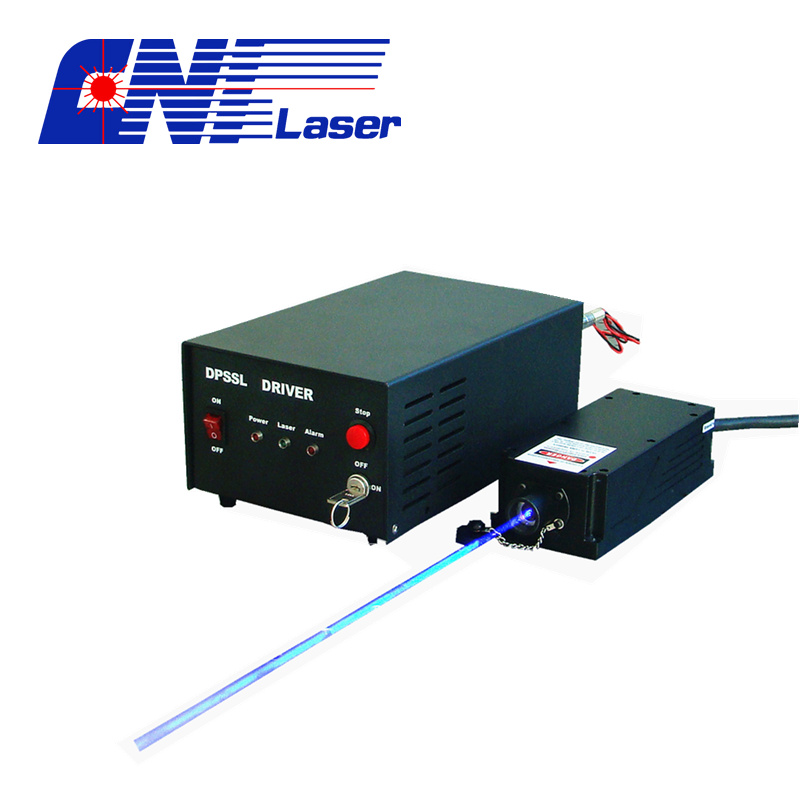GB/T 19672 is a Chinese national standard that adopts and modifies ISO 14313:1999 "Oil and Gas Industry – Pipeline Transportation System – Pipeline Valves" and API 6D:2002 "Pipeline Valves." This standard outlines the technical specifications for gate valves, ball valves, check valves, and plug valves with flange and welding connections. It covers terms, structural types, parameters, ordering requirements, technical conditions, materials, inspection rules, testing methods, and marking. The standard applies to natural gas and oil pipelines with nominal pressures ranging from PN16 to PN420 and nominal sizes from DN15 to DN1200.
Compared to ISO 14313 and API 6D, GB/T 19672 has several key differences. First, it follows the formatting guidelines of GB/T 1.1-2000, which differs from international standards. Second, some terminology and definitions are adapted to align with local usage. Third, the standard includes additional pressure ratings such as PN16, PN25, and PN40. Fourth, the ordering requirements have been revised. Fifth, it introduces longer structural lengths for ball valves larger than DN1000. Sixth, it adds specific bolt thread requirements for valve housing connections. Seventh, it incorporates China's legal requirements for welding and inspection. Lastly, it provides detailed inspection rules for valves.
The main technical content of GB/T 19672 includes definitions of full-bore valves, reduced-bore valves, shrink valves, one-way valves, two-way valves, and locking devices to ensure accurate application of the standard. It describes typical structures and connections for gate, ball, plug, and check valves used in long-distance pipelines. The pressure-temperature rating and valve body material comply with GB 9131, ensuring compatibility with existing standards.
The structural length of the valves follows API 6D requirements, facilitating interchangeability. For valves with one end welded and the other flanged, specific length requirements are defined. The standard also specifies the path representation, including nominal size and actual flow diameter, to distinguish between full-bore and reduced-bore valves clearly.
To meet pipeline cleaning and maintenance needs, the minimum channel diameter and cross-sectional shape are regulated. Structural requirements for long-distance pipeline valves include performance and operational criteria, as well as torque and operating performance standards. Materials commonly used for valve bodies, corrosion resistance measures, hardness limits, and welding requirements are listed.
Testing procedures refer to API 6D, covering all valve types, test conditions, dwell times, and testing methods. The standard was developed by the National Valve Standardization Technical Committee (SAC/TC188) and came into effect on August 1, 2005. It serves as a critical reference for valve design, manufacturing, and application in China's oil and gas industry.
High Frequency Laser
The modulation rate of DPSS Laser can be up to 4MHz, and diode laser up to 150MHz. With the advantages of quick modulation rate, high extinction ratio, easy coding and convenient use, high frequency modulated lasers made by CNI Laser is mainly used in the fields such as laser text-image processing, laser lithography, laser phototypesetting, and laser digital communication. It is suitable for OEM system integration and scientific research laboratories, etc.
The laser system can be used for a variety of wavelengths from UV Laser to IR Laser, TTL modulation or analog modulation are optional. You can change the frequency or intensity of laser by inputting different digital signal (TTL level) into the driving power supply.
CNI can provide high frequency modulated DPSS lasers: single longitudinal mode lasers and high power stability lasers, wavelengths are available for 473nm, 532nm, 556nm, 561nm, 671nm, etc.

Frequency Modulation Spectrum,High Frequency Laser,Pulse Laser Diode,Material Processing Laser
Changchun New Industries Optoelectronics Technology Co., Ltd. , https://www.cnioptics.com
